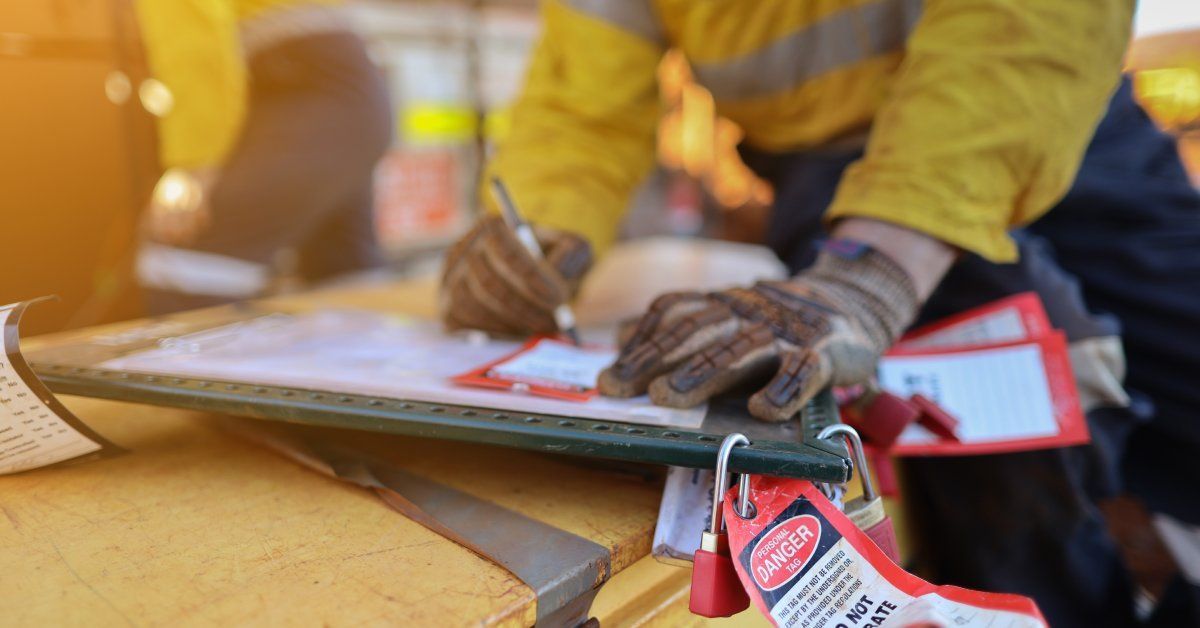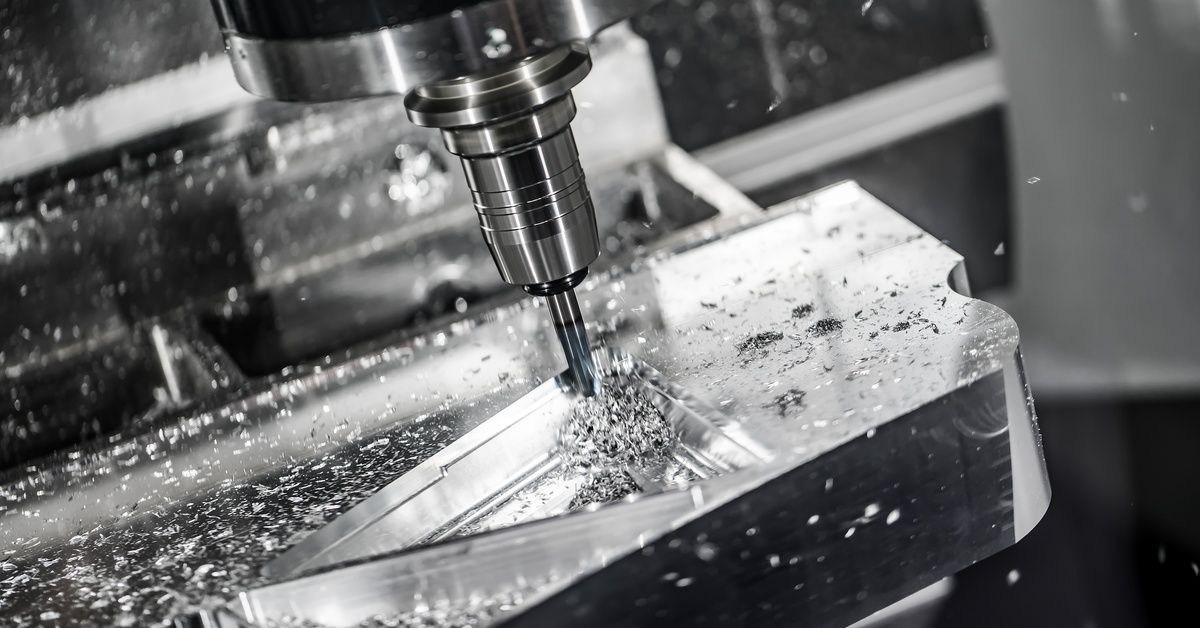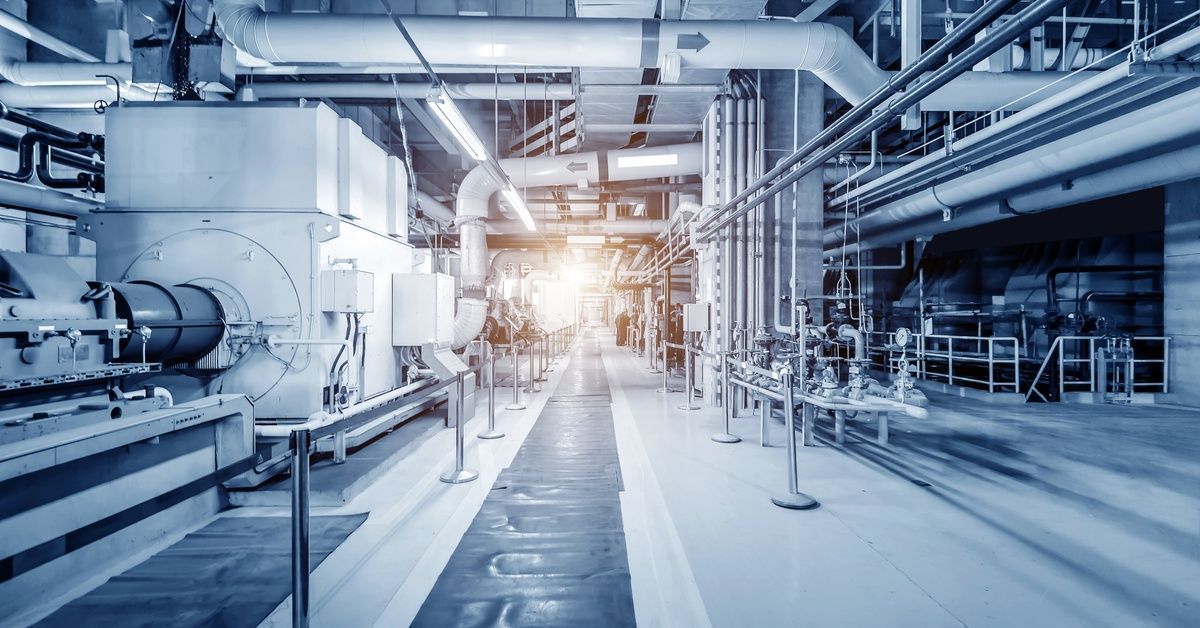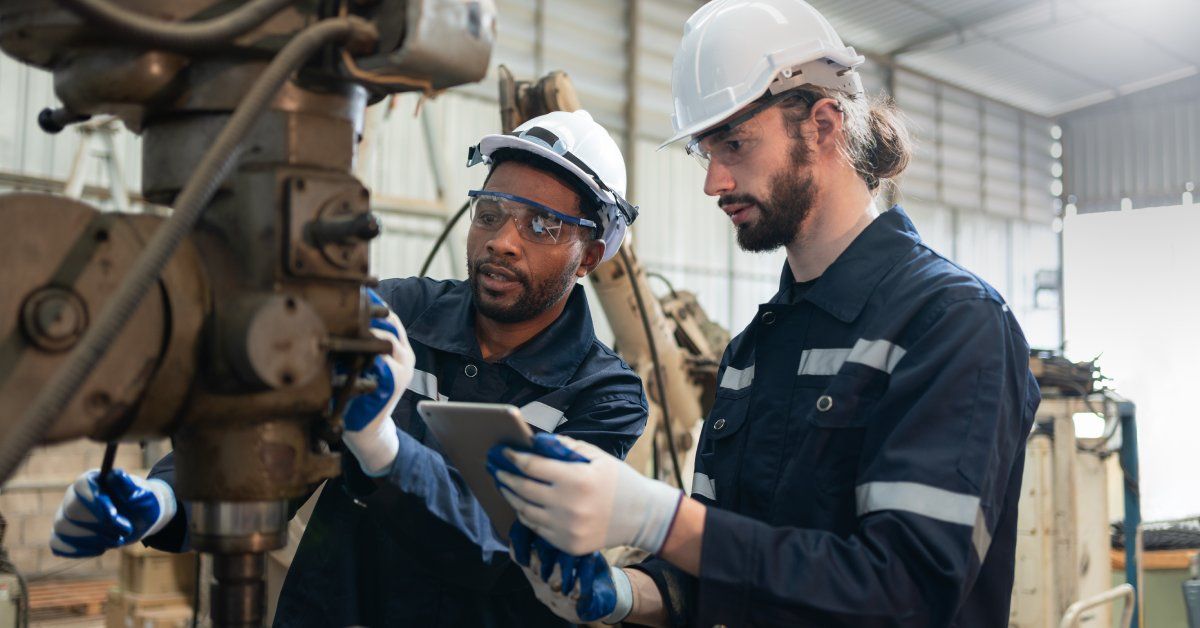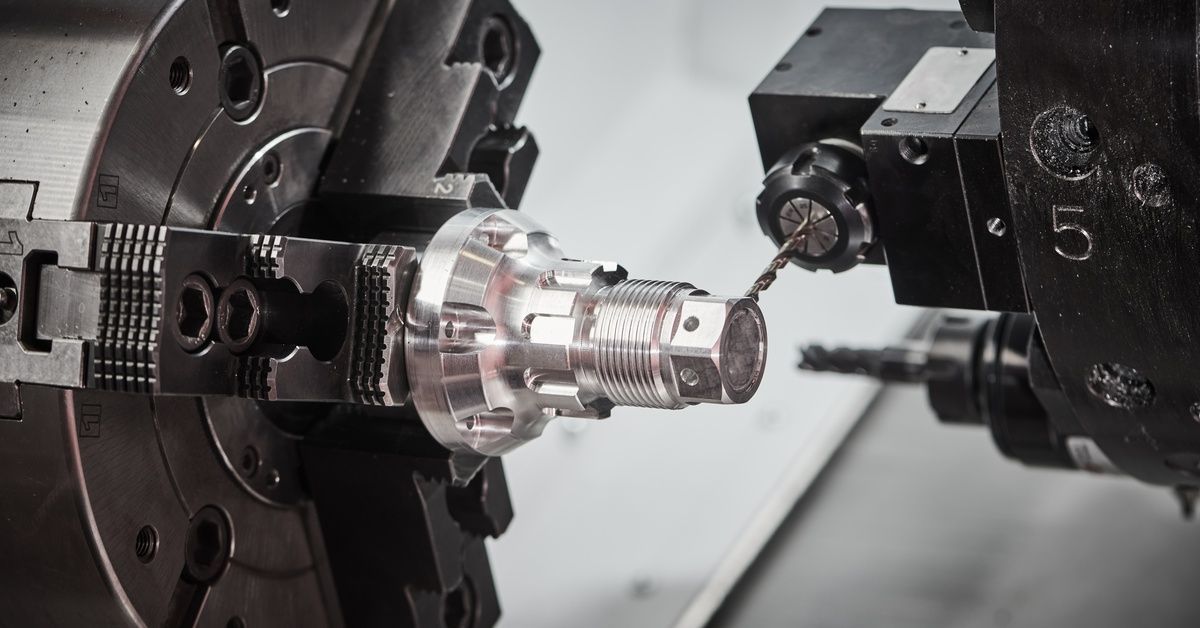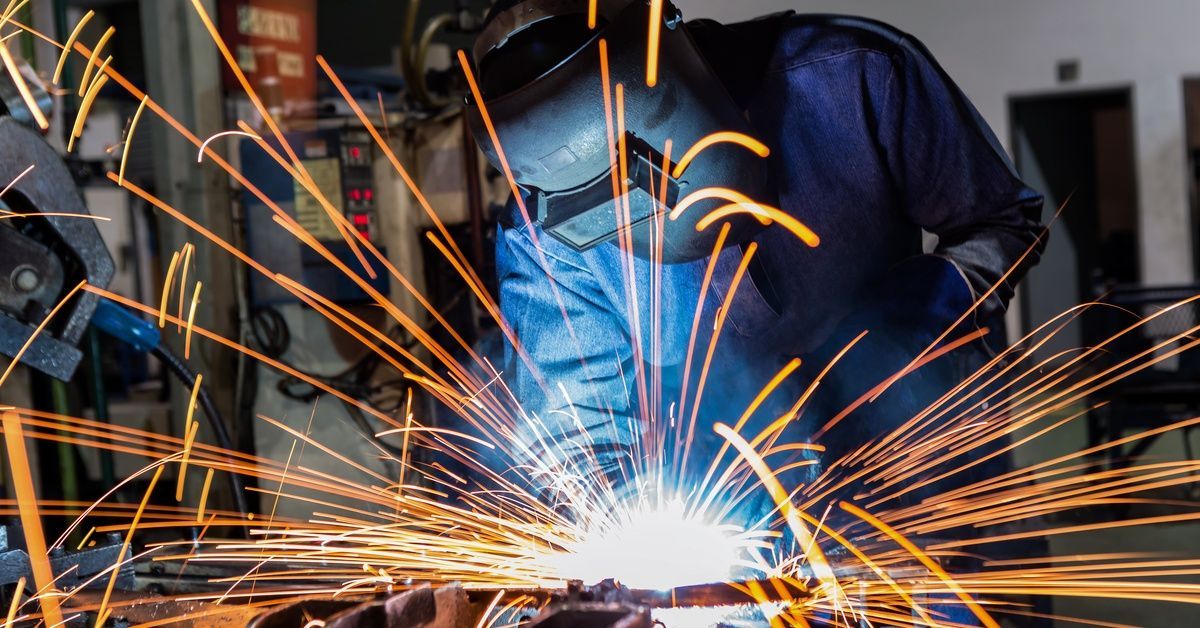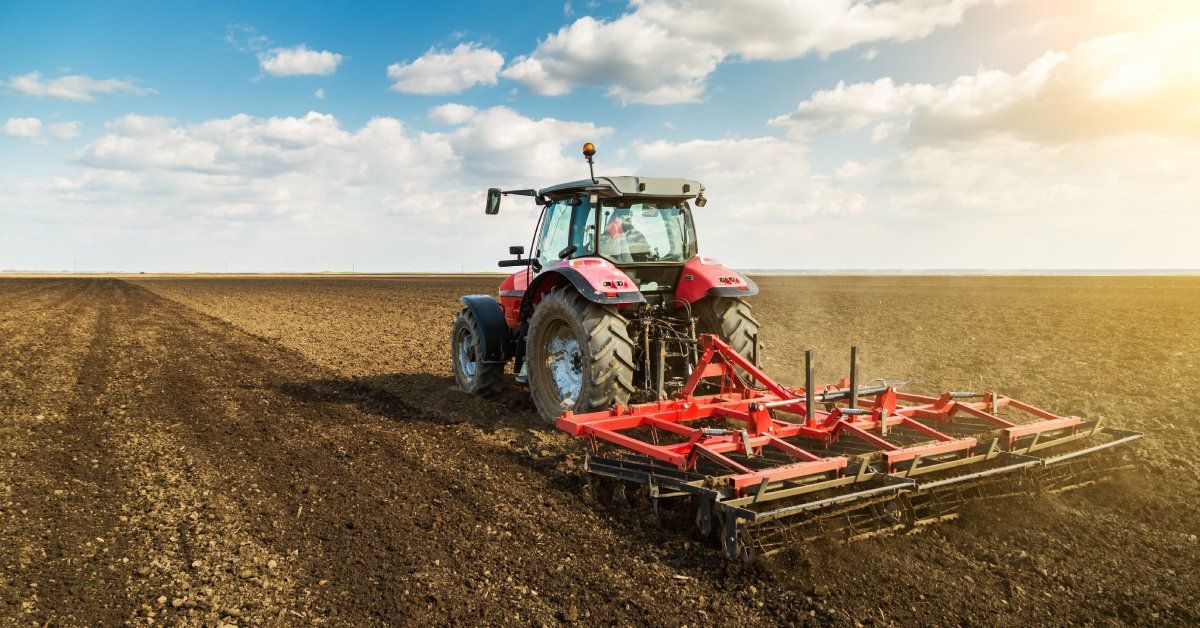3 Most Common Manufacturing Finishes for Sheet Metal Parts
The finish you choose when designing and manufacturing parts can significantly impact their performance, longevity, and aesthetic appeal. Whether you’re producing components for automotive, aerospace, consumer electronics, or industrial applications, selecting the right finish is no small step.
Our walkthrough delves into the most common manufacturing finishes for sheet metal parts, offering a comprehensive guide to their processes, benefits, and best use cases. Use this list to find the most reliable protection for any parts or prototypes you develop.
Powder Coating: Robust and Eco-Friendly
Powder coating is the process of taking sheet metal and covering it with a dry powder, ensuring a clean and sleek result. After the application, the dry powder goes through curing under heat to form a hard, protective layer. It’s a process that’s as straightforward as it is reliable with proper application.
Powder coating creates a thick, tough finish that’s highly resistant to chipping, scratching, and fading. This process emits minimal volatile organic compounds (VOCs), making it an eco-friendly option.
Available in a wide range of colors and textures, powder coating offers extensive customization. It’s suitable for parts exposed to harsh environmental conditions or that require a durable and colorful finish, such as outdoor furniture, automotive parts, and architectural elements.
Anodizing: Corrosion Resistant and Aesthetically Versatile
Another common manufacturing finish for sheet metal parts includes anodizing. Instead of relying on a dry powder, this is an electrochemical process. Anodizing converts the metal surface into an anodic oxide finish.
Thanks to that finish, the surface becomes more durable and corrosion resistant. This method is common with aluminum. When choosing the right finish for your sheet metal parts, assessing the environmental conditions the part will face is crucial.
Anodized parts have exceptional resistance to corrosion and wear, making them great at handling the outdoors. The anodizing process allows for the addition of vibrant colors, enhancing visual appeal, and anodized layers act as excellent electrical insulators.
Anodizing is ideal for applications requiring both corrosion resistance and aesthetic versatility, such as consumer electronics, medical devices, and architectural components.
Galvanizing: Economical and Corrosion Resistant
The galvanizing process involves coating the sheet metal part with a layer of zinc. You can do this through one of two methods: hot-dip galvanizing or electro-galvanizing. Galvanizing is a relatively inexpensive method of corrosion protection.
Balancing cost against the required durability and performance is essential. Thankfully, though it’s an economical choice, galvanized materials don’t feel like a cheap option due to their reliable strength. The zinc layer provides long-lasting protection against rust and corrosion, and galvanized parts require minimal maintenance over their lifespan.
Although galvanizing is a common and reliable finish, as with any finish, it requires the right application. Galvanizing is common for parts exposed to outdoor environments, such as utility poles, guardrails, and agricultural equipment.
At James Manufacturing, our prototype machine shop works with clients to carefully achieve their desired design, from choosing the right machining or fabrication method to selecting a suitable finish. Our expert team is ready to provide personalized guidance and innovative solutions to ensure your project achieves the highest standards of performance, durability, and aesthetics. Reflect on this information anytime you’re manufacturing a new product to ensure it meets your standards perfectly.
